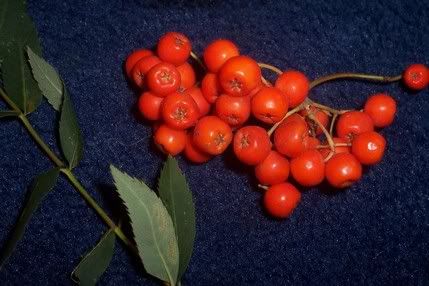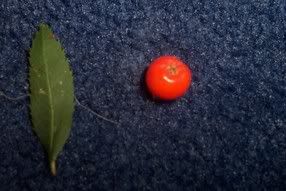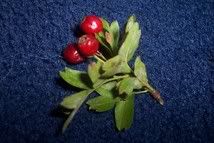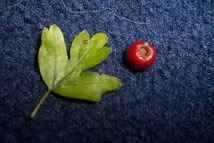Young Bushman said:
I also would like to know what tree the fruits/leaf comes from and are the fruits edible.
As Paganwolf says , It looks like Elder (Sambucus nigra).
A word of caution though about identing plants. From that view it is difficult to be positive on identification. Can I suggest a similar shot but ALSO with a close up of fruit, leaf structure and stem (all in one shot is fine. I don't mean just for this thread/ example but for any photos, which are useful for this).
Why? Because elder gives us a prime example of why we have to be careful.
Elder (Sambucus nigra) is a very useful forage plant with the flowers picked in late Springtime and used, for example, in elderflower cordial or wine or better still elderflower champagne! The berries as shown are also widely used in wine making, for a really nice jelly to go with game and for the purposes the Romans introduced it into Britain, as a natural dye, amongst many other uses. So it is a berry used for thousands of years as a food/ medicine, dye etc by man.
BUT it is POISONOUS! :shock:
The raw berries are poisonous and so are the leaves, bark and roots, both in humans and animals. Source:
The Ministry of Agriculture, Fisheries & Foods 'Poisonous Plants & Fungi. An Illustrated Guide'. p. 33. ill. p. 17.
Poisonous Substances: Sambucus species contain a substance that causes vomiting and diarrhoea, and also cyanide-producing glycosides; all parts are poisonous.
Poisoning: human poisoning is most likely to occur from eating raw berries; even a few berries could lead to nausea, vomiting, stomach pains, diarrhoea, weakness and coma. In 1983, fruit juice, prepared by crushing elder berries, with their leaves, caused symptoms of poisoning within 15 minutes in a party of people in a remote area of California; the eight most serverely affected had to be flown to hospital by helicopter but all recovered quickly.
Presumably because of its bitter taste, animals do not eat Sambucus, but symptoms similar to those of human poisoning have been seen in pigs that ate the leaves. In one outbreak 14 of 50 pigs died; they had rapid breathing and heart rate, trembling and paralysis.
Professional advice should be sought if the symptoms are severe.
NOTE: heating destroys most of the toxicity, and the flowers and berries used for wine making or in pies are not harmful
note: I gave full details of this publication earlier in this thread. The work of MAFF is now overseen by the Department for Environment, Food and Rural Affairs (DEFRA).
Also it could easily be confused by the uninitiated with 'Dwarf elder' or danewort (Sambucus ebulus) which has an extremely bitter taste and poisonous like the other Sambucus species.
Poisoning, even mild cases if bad enough in normal day environments but when out bushcrafting it could be a lot more serious.
What does this mean? Be careful! But don't be put off foraging just be cautious and steer clear if you are at all unsure; and do take the time to read up beforehand either from books or the many resources on the net ( try to stick to more official sites to begin with as there is a lot of misinformation too).
To get an good idea of uses on Elder and many other wild plants you REALLY want to check out the 'Plants For A Future' web database (based in the UK but with a wordwide list) as it is an excellent resource both for plant usage and lots more detail. Here is the link to the PFAF Elder page to illustrate this:
Plants For A Future - Elder
just to show how important it is to check around though, on that page they state:
The fruit of many species (although no records have been seen for this species) has been known to cause stomach upsets to some people
When in fact a recorded incident from a reliable source is cited above.
Happy (and safe!) picking

Simon


 you can make wine from the fruit (not yet though eh give it 5 or 6 years
you can make wine from the fruit (not yet though eh give it 5 or 6 years 



